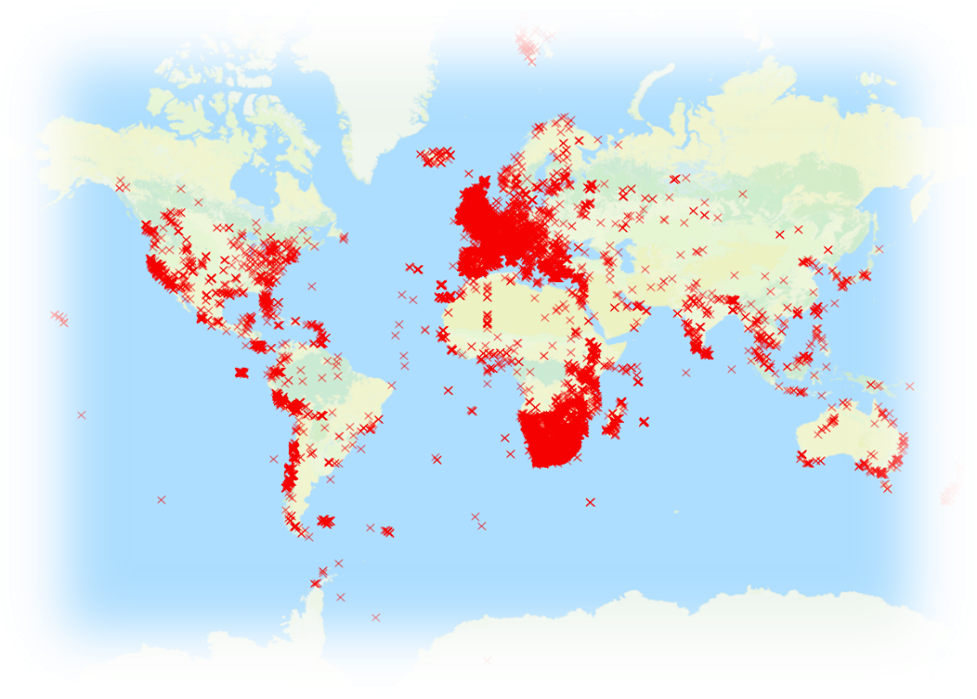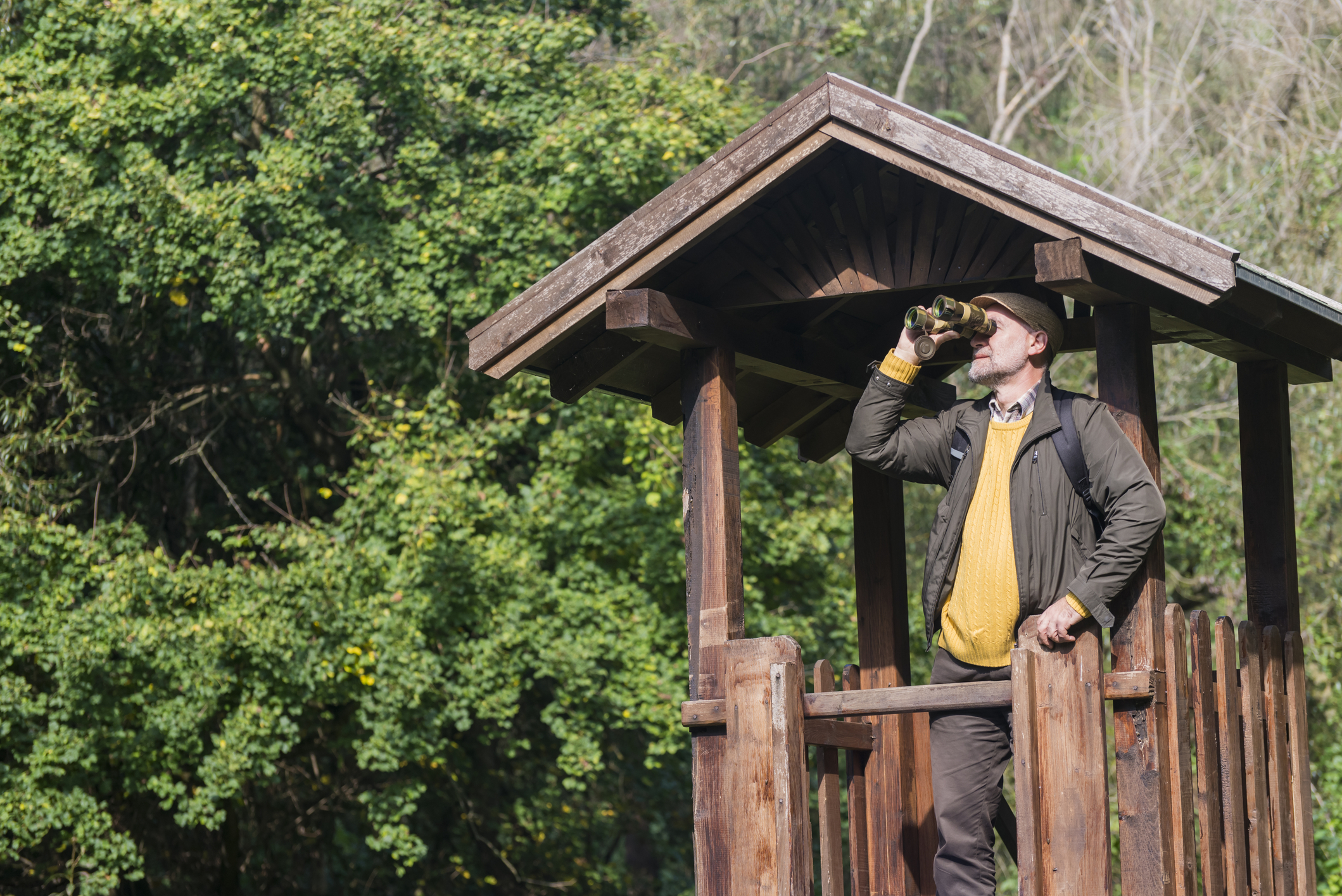Age-related natural decline happens in both physical and cognitive aspects. Ageing affects our muscles, bones, joints, our brain and all other organs. Despite its relatively small size (2% of our body weight), our brain takes around 20% of all glucose and 20% of all oxygen consumed by the whole body. So, it is no surprise when looking to stabilise and slow the decline and support of our bodies (i.e. aging well), focus should be given to our brain. In fact, this has a prominent place in our model of ‘Five Pillars for Ageing Well’ (i.e. physical, cognitive and social stimulation, nutrition and hydration). Physical activity as well as cognitive and social stimulation are well known for optimising our brain functions and supporting our learning and formation of memories.
In this context, spending time outdoors, moving, and learning outdoors with and about nature, has an incredibly important place as it brings together physical, cognitive and social elements. When we’re learning outdoors, all we need to do is move about, have a healthy snack and plenty of water.
Learning outdoors is good for you
A recently published paper by scientists from the UK’s Centre for Ecology and Hydrology, by Pocock et al. (2023), evaluated the engagement of the public in nature-based citizen science projects. Nature-based citizen science is an activity in which people collect high-quality data for scientific use and environmental monitoring. Here Pocock and team tested people’s exposure to nature with both observation as well as citizen science, and confirmed that active engagement with the natural world positively affects people’s wellbeing. This is influenced by the quality of the time they spend in nature, and their nature connectedness (the sense of their relationship with nature). While there are many ways to engage, one is learning.
One way to learn is to engage with citizen science projects (e.g. SciStarter), where members of the public involve in observation and studies. Nature-based projects are ideal as they offer the chance for us to age well.
What if I can’t go outdoors?
It may not always be possible to go out, whether because of weather or mobility issues. Fear not: while going out and observing is important for learning, there are also many resources you can access from home for those days when one is not out. They will not only help you engage better and learn before you go out, but they also encourage sharing of ideas/observations with other like-minded people. From live wildlife cameras available on the web to various environments (e.g. Explore live cameras), to many learning resources which are to be found online.
 A map of iSpot users and their observations globally. The red dots show representation in every continent except Antarctica. Source: iSpot.org
A map of iSpot users and their observations globally. The red dots show representation in every continent except Antarctica. Source: iSpot.org
Some examples are given below.
1. Learning and networking: There are platforms like iSpot from The Open University, which are considered a social network where people are able to see what living organisms/species are visible in their neighbourhood or anywhere else, and more importantly help them learn about them and even identify them.
It is worth noting that knowing what a living thing/species is, is just like learning to recognise a new, say, TV personality. Once the name is known, one can explore in more depth on various online resources (e.g. google) about the characteristics of the organism and moreover be empowered to find out more elsewhere.
2. Learning to identify: For learning species you observe but don’t recognise by name, there are online tools to help learning and identification of what one observes (in addition to traditional print books). In our increasingly tech-supported world, search engines like Google can be used. But even better are specialised apps on smartphones, which can be as simple as point camera and identify. Many are increasingly becoming very effective as studies show. Most well-known are the Seek app from California Academy of Sciences as well as PlantNet from CNRS, France.
You can even do citizen science from home, identifying species from camera footage online among others!
3. Watching and engaging: There is also more on TV. for instance, you can follow the annual BBC seasonal Watches programme (e.g. the recently concluded Springwatch or upcoming Autumnwatch). The series looks at wildlife with live broadcasts charting the fate of wildlife/nature during the changing of the seasons in the United Kingdom. The programmes are broadcast live from locations with many of the cameras hidden and operated remotely to record natural behaviour.
Learning locally
Many local and national museums/nature organisations run various programmes. So, you may need to follow up your local connections. Meanwhile here at the home of The Open University in Milton Keynes, we would like to highlight our partner, Milton Keynes Parks Trust. Laura and Ellie from the Trust tell us more…
‘Based in Milton Keynes, a place which has a unique landscape of more than 6,000 acres of parkland, we have tonnes of opportunities to get involved with learning outdoors both here in the city, or wherever you are.
We have an excellent education programme where we lead individuals of all ages on outdoor adventures in their local park. We also lead talks on specific subjects and can visit you in your location to deliver talks to community groups.
On our website we also host a range of free, downloadable resources for learners of all ages, prompting engagement with the outdoors. These range from games to crafts to ID activities.
We are also excited to work with the public on citizen science projects, for example our May Hogwatch initiative where members of the public and volunteers help us to monitor hedgehogs across the city. We also promote the annual RSPB Big Garden Birdwatch every January to encourage local people to spot bird species in their parks and gardens.’
We’re very lucky in Milton Keynes to have so many parks within the city and each has a unique character, providing ample opportunity to immerse yourself in your surroundings, or to visit your favourite park time and again to observe carefully and learn new things along the way. The Parks Trust has had support from volunteers to monitor biodiversity in the past and values any contributions made. Indeed, it is a great way to keep ourselves healthy and learn new things. So why not venture out and see what you discover?
Even if you’re not in Milton Keynes, there are a whole host of parks and greenspaces out there just waiting for you to visit and learn from. Platforms such as iSpot and apps such as Seek provide ample opportunity.
Taking it further
Milton Keynes Parks Trust
Check out www.theparkstrust.com to see what’s being done and what’s on offer. You can also phone their office on 01908 233600 to learn more about your local parks.
Apps from Centre for Ecology and Hydrology
Some selected Apps from CEH are: https://www.ceh.ac.uk/citizen-science-apps
Live wildlife cameras:
OU modules
- Environment: journeys through a changing world (U116)
- Environmental Science (S206)
- Biology of Survival (S295)




Rate and Review
Rate this article
Review this article
Log into OpenLearn to leave reviews and join in the conversation.
Article reviews